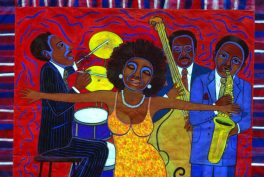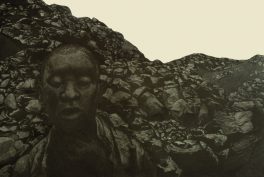5 Things to Know About El Anatsui’s Turbine Hall Commission at Tate Modern
On October 10th, the doors of Tate Modern in London swung open, unveiling a long-awaited exhibition: the annual Turbine Hall Hyundai Commission. The...
Natalia Tiberio 2 November 2023















